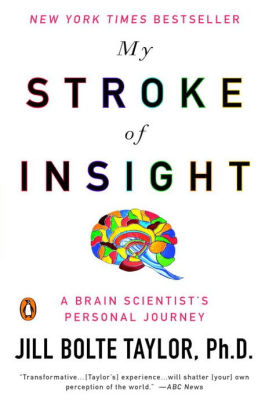Innovation:
Materials to the game:
Reflection "Innovator's Statement":
For this media project, the ah-ha moment for me was when I was able to finally tie in the client's challenges from the diagnosis to what I was going to work on in the intervention to not only motivate the client, but also to make sure we were reaching their goals. I really enjoyed having to think outside the box and come up with something creative to be used as an intervention. That is what is so awesome about this profession. Occupational therapists are able to be creative and adapt to situations in order to optimize the engagement and performance of someone who is having difficulty with everyday tasks and bringing purpose back to their life.
Having the background knowledge before this assignment really helped to brainstorm ideas about interventions, as well as knowing what types of barriers and symptoms a person could have with a particular diagnosis. This assignment was very beneficial in bringing in a clinical reasoning aspect in order to come up with an intervention and innovation that was the "just-right" challenge. As for the future, this project helped to get experience with how it is going to be in the workplace and having to think about ways to motivate a client, meeting their wants and needs, and having a treatment plan as a means and as an end. This was definitely one of my favorite projects or assignments I have done so far. It allowed me to really be in an "OT think" mindset and type perspective in order to come up with the best plan to help a client become more independent. This was a really fun project and helped me grow further as student!







